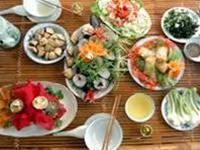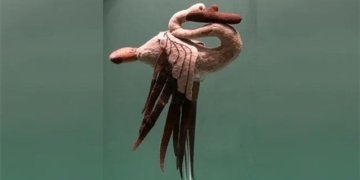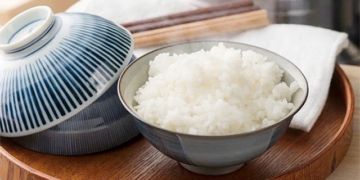To prevent bile stagnation and bile duct infections, it is essential to limit foods that cause constipation. If experiencing acute cholecystitis, it is advisable to consume cereals, mashed potatoes, fruit juices, and vegetable juices…
Biliary diseases encompass various conditions such as acute cholecystitis, chronic cholecystitis, bile duct stones, and gallstones… Adopting a proper diet will enhance the effectiveness of treatment.
Diet for Acute Cholecystitis
 |
| Patients with biliary diseases should limit foods high in animal fats (Photo: TTO) |
In cases of acute cholecystitis, it is important to allow the gallbladder to rest. This requires the reduction or elimination of fat and protein in the diet, as they stimulate gallbladder contractions. The diet should primarily consist of carbohydrates such as sugar water, fruit juices, and vegetable juices, followed by the addition of cereals and mashed potatoes. It is also recommended to eat bland foods rich in fiber to prevent constipation, and low-fat milk can be included.
Diet for Chronic Cholecystitis
In cases of chronic cholecystitis or bile duct disease, patients often experience digestive disorders and should follow a diet that is gentle on the biliary function. This means a diet similar to that for those with liver dysfunction, specifically:
Limit fats: Fats not only affect the liver and gallbladder but also the stomach. Fat slows down the opening of the pylorus and causes bloating as it accumulates in the stomach. Fats hinder the secretion of hydrochloric acid necessary for protein digestion, and they cause bile to flow unevenly into the intestines, increasing toxins in the bloodstream and affecting the liver.
For protein-rich foods: Consume meat only once daily, opting for white, lean meats without fat. Plant proteins (such as beans and lentils) should be consumed in mashed or well-cooked forms.
For carbohydrate-rich foods: It is advisable to use plenty of sugar as it is easy to digest and does not adversely affect the bile. Avoid chocolate or cocoa, and refrain from consuming foods that contain added eggs and flour (such as pastries) as they can cause indigestion. Fruits and vegetables can be consumed more freely compared to those with liver diseases.
Diet for Gallstones
Gallstones are classified into two main groups based on their location: gallbladder stones and bile duct stones. In tropical countries and poorer nations, bile duct stones are more prevalent due to their association with bile duct infections, notably caused by parasitic worms and their eggs.
Gallstones can also be categorized into two types based on their composition: pigment stones (primarily calcium bilirubinate) and cholesterol stones. Cholesterol stones are commonly associated with obesity and diets high in fats and blood cholesterol levels.
To prevent bile stagnation and bile duct infections, it is crucial to limit foods that cause constipation (such as foods and beverages high in tannins) since constipation allows harmful bacteria in the intestines to proliferate, leading to duodenitis, cholecystitis, and bile duct infections, which can result in the formation of gallstones.
To avoid cholesterol stones, it is necessary to limit foods high in animal fats and cholesterol. Foods rich in cholesterol include animal organs such as brains, hearts, livers, intestines, eggs, and egg yolks…



















































